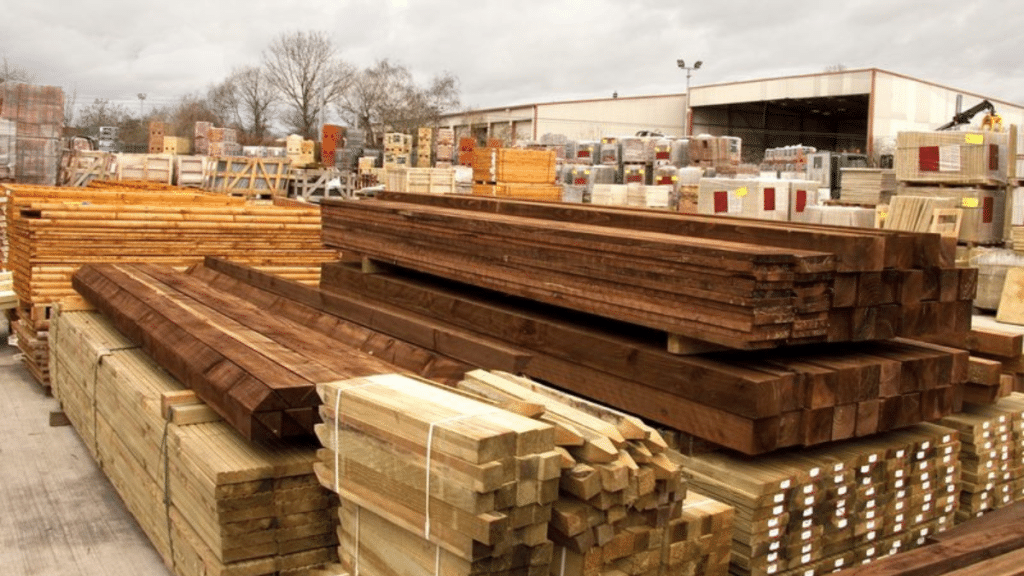All lovely gardens start with an idea. It could be a secret corner with elevated beds, a tea deck for the warm evening, or a beautiful fence to demarcate your patch of greenery, but whatever the dream, the materials you employ will dictate how long that illusion will last. Whereas it is the leaves and flowers that make it alive and blooming, the majority of garden frames are constructed from solid wood. Picking the timber correctly isn’t necessarily about looks—it’s about returns, weathering, and durability in the long term.
- Knowing What Your Garden Requires: Any garden will have its own purpose and personality. Consider what you wish your garden to accomplish prior to stepping out and buying the timber. Will it hold furniture? Will it be hidden? Or is it simply there to border your flower beds? Your wood needs will also be based on whether you are making something structural, such as pergolas and sheds, or merely more decorative borders or screens. You will have spent your time and money for nothing if you have spent it on the wrong wood since you now know what each of your gardens is for.
- The Use of Woods in Garden Design: Timber is not all the same. They may be softwoods such as pine and cedar or hardwoods such as oak or teak. Softwoods are usually used for simple garden building as they are softer to handle and cheaper. Hardwoods are stronger and are ideal for heavy usage or heavy-moisture uses. How the weather is in your region and how much sun and rain your garden receives will also assist in determining what wood will last the longest.
- Why Treated Timber Is Important: Outside weather isn’t always pleasant. Rain, wind, bugs, and rot can suck the strength from even good-quality wood. That is why pressure-treated wood is so highly advised for garden use. The treatment also gives the wood pest and rot resistance, so that the wood will last a whole lot longer both in shape and appearance. If you are going to do something on a long-term basis like fencing or decking, then treated timber is a worthwhile investment. It might be more costly up front, but it’s worth it in the long run for the hassle it doesn’t provide.
- Quality over Quantity Always Wins: Budgets are limited, but it is more cost-effective in the long term to be frugal with quality timber. Good timber is tighter and smoother to the touch, and typically properly treated or sealed. It’s worth constructing one good building that will stand for ten years rather than needing to constantly replace a mediocre one every two years.
- Storage and Preparation Matter Too: Even top-grade timber will rot if not properly done. Store your timber under a shade, undercover area prior to use. Allow it to acclimatize to the garden environment, particularly if stored indoors or transported in from an overseas area. Edging and proper fasteners will stop splitting in the future. Small things during installation can add decades to your timber.
In conclusion, a garden is never simply a place; it’s a statement of consideration, patience, and planning. The choice of appropriate timber plays a delicate yet profound part in creating that declaration. When selecting your timber garden supplies, don’t just see what it says on the label, but consider long-term coexistence between your wood and your green oasis. To spend wisely now means getting to have your ideal garden for a long time to come.
